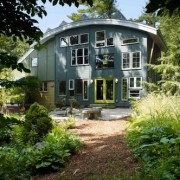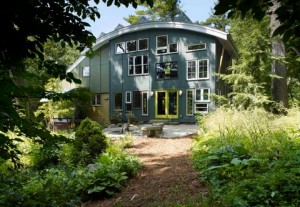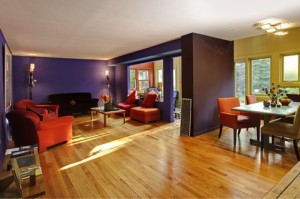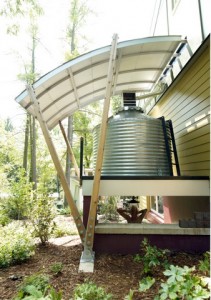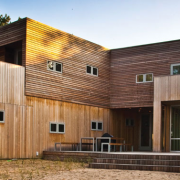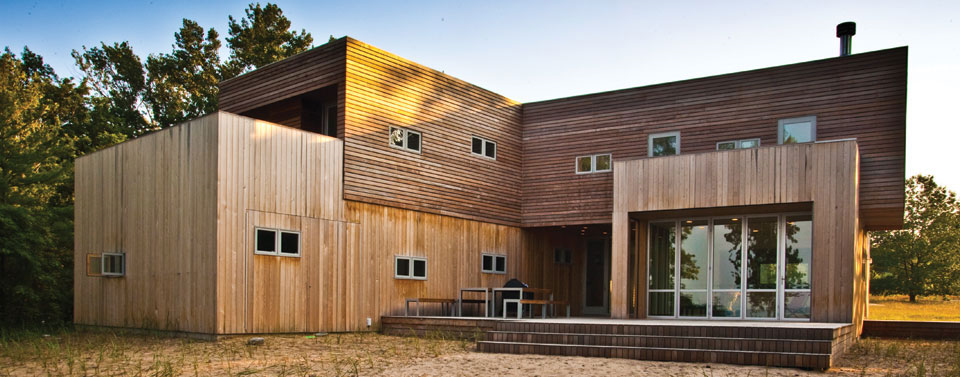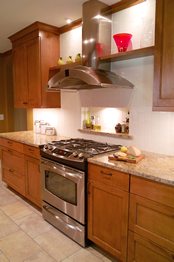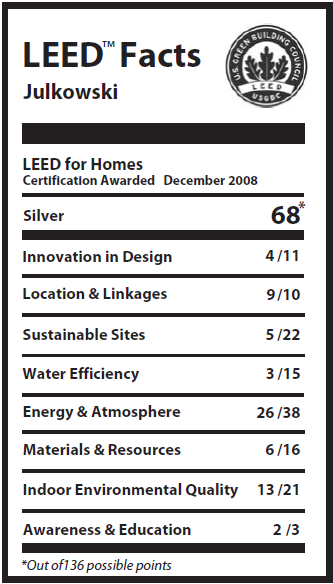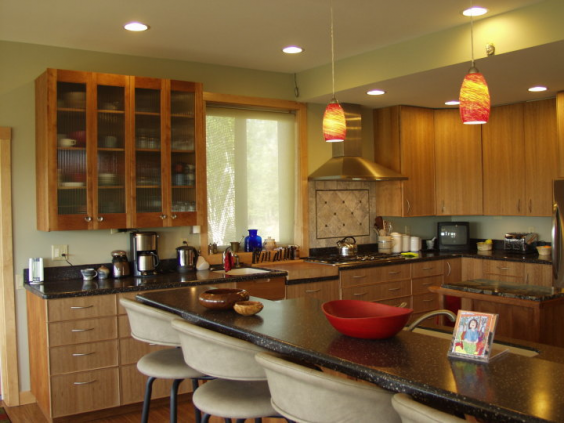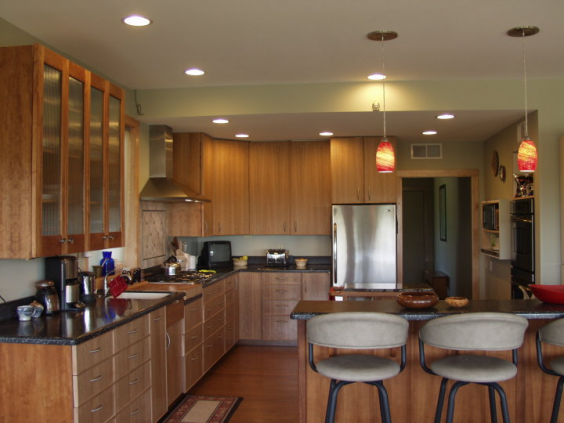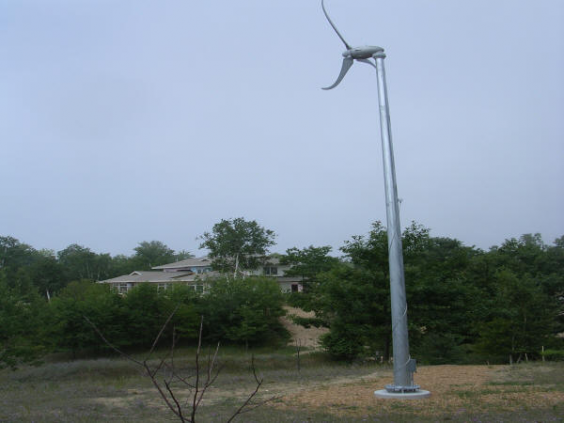Chicagoland will be bursting at the seams with capacity to build green homes after people attend the LEED for Homes workshop taught by USGBC on Wednesday, November 3 at the Merchandise Mart. Learn from the definitive source – especially if you are considering pursuing the LEEED AP+H designation.
The workshop is coordinated by the local USGBC Illinois chapter. Here are the course details from USGBC’s course catalog, www.greenbuild365.org:
Green Home Design & Construction: The LEED Implementation Process
This workshop is intended for residential design and construction professionals involved in implementing the LEED for Homes Rating System, as well as those pursuing GBCI’s LEED AP+ (Tier II) credential in residential design and construction. It walks through the phases of a typical project, using case examples and implementation strategies throughout to reinforce learning and encourage students to apply knowledge to real-life situations.
Prior Knowledge: Familiarity with both the LEED Rating System and LEED for Homes Reference Guide v2008 a must. On-demand webinars and courses listed at Greenbuild365 strongly recommended.
Merchandise Mart
8th Floor, Room 8A
222 Merchandise Mart Plaza
Chicago, IL 60654
Time: Wednesday, November 3
- 8:00 am – 8:30 am: On-site sign in and registration
8:30 am – 5:00 pm: Workshop


